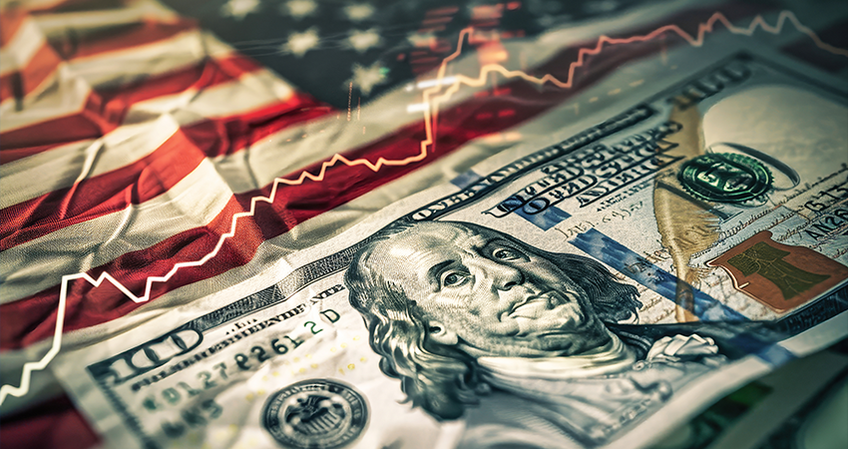US Inflation Cools Slightly as Retail Sales Stagnate
- CPI rises 0.3% in April, annual rate slows to 3.4%.
- Retail sales remain flat, indicating a pause in consumer spending growth.
Consumer Price Index (CPI)
The CPI for April rose by 0.3%, a deceleration from the 0.4% increase in March, aligning with expectations. The annual rate of consumer price growth slowed to 3.4% from 3.5% in March, suggesting that inflationary pressures might be easing. Core CPI, which excludes food and energy costs, also rose by 0.3% in April, down from 0.4% in March, and the annual core rate decreased to 3.6% from 3.8%. This moderation in price growth could alleviate some pressure on households and the Federal Reserve.
Retail Sales
Retail sales in April were flat, showing no growth from the previous month and falling short of the expected 0.4% increase. This stagnation is a significant shift from the 0.6% growth seen in March. Excluding auto and gas sales, retail sales actually declined by 0.1%. The slowdown in car buying, with auto dealers reporting a 0.8% drop in sales, contributed to the overall flat performance. Additionally, e-commerce businesses saw a decrease in sales by 1.2%, indicating a broader trend of reduced consumer spending.
Market Reaction and Federal Reserve Implications
The market has responded positively to the softer-than-expected inflation data, with the stock market rising and the US dollar index dropping. The CME FedWatch Tool now indicates a higher likelihood of a Federal Reserve rate cut in the coming months, with a 70% chance of a 25-basis point cut in September. The market is pricing in two full rate cuts for the year, reflecting expectations that the Fed may need to act to support the economy.
Economic and Political Context
The current economic data comes at a critical time, with President Joe Biden emphasizing the fight against inflation as a top priority. The administration is focused on policies to alleviate high costs for families, such as building new homes to lower housing costs and taking on Big Pharma to reduce prescription drug prices. However, some critics argue that various economic policies may be contributing to inflationary pressures.
The latest CPI and retail sales data suggest a slight cooling of inflation and a pause in consumer spending growth. While this may offer some relief to consumers and policymakers, it also adds to the complexity of the Federal Reserve's decision-making regarding interest rates. The Fed's actions in the coming months will be crucial in navigating these economic indicators and maintaining stability. The market's positive reaction to the data indicates optimism that the Fed may provide monetary policy support if needed, which could have implications for the broader economy and the upcoming US Presidential election.

